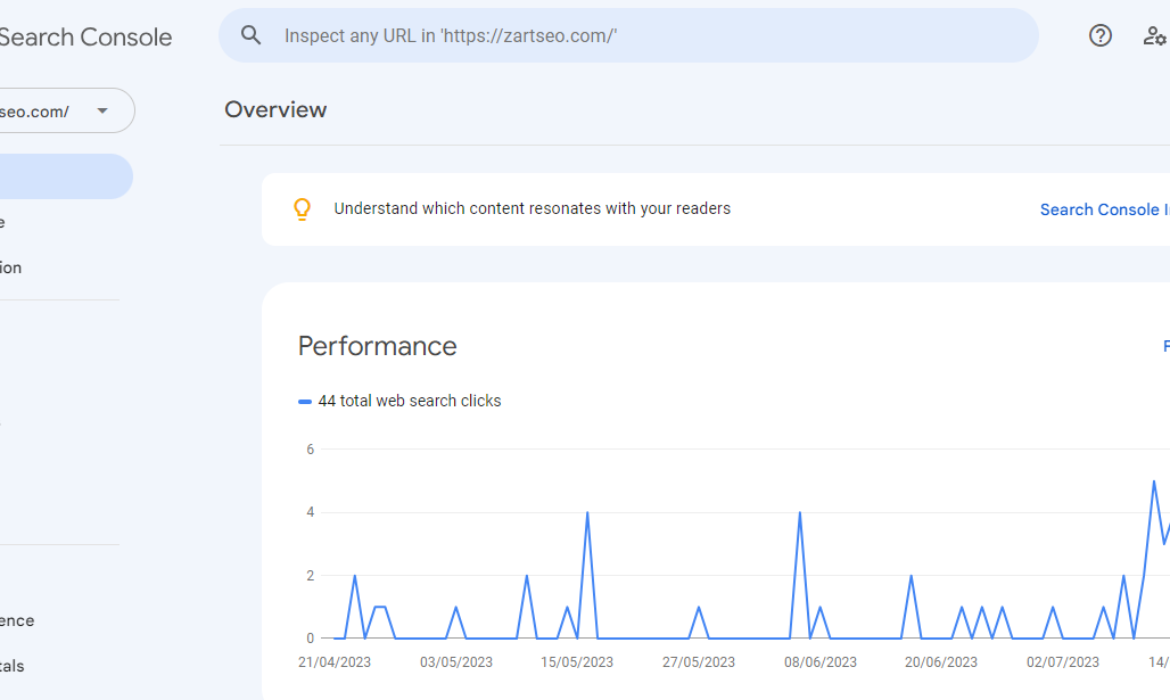Google Search Console is a powerful tool that provides website owners with valuable insights into their online presence. One of the key metrics it offers is “Average Position,” which offers a glimpse into how your web pages perform in Google search results. We will explore the concept of Average Position, understand its significance, and discover how it can be interpreted to improve your website’s visibility
Understanding Average Position: Definition:
Averages Position refers to the average ranking of your web pages in Google search results.
It provides insights into the typical position at which your pages appear in the search results for specific queries or keywords.
It is calculated based on the rankings of your pages over a specific period.
Calculation:
Google determines the position of your web pages for each query or keyword.
The averages position is calculated by summing up the positions of your pages for a specific query and dividing it by the total number of impressions.
Significance of Average Position: 2.1 Page Visibility:
Average Position reflects how often your pages appear in search results and their relative visibility.
A lower avirage position suggests that your page Ranks Higher in search results, increasing the likelihood of user engagement and click-throughs.
Keyword Performance:
The averages position helps you gauge how well your web pages are optimized for specific keywords or queries.
It indicates whether your content is relevant and competitive enough to rank higher in search results.
Interpretation of Averages Position: 3.1 Trend Analysis:
Monitoring the changes in averages position over time helps identify improvements or declines in your website’s search visibility.
A positive trend indicates that your SEO efforts are paying off, while a negative trend may signal the need for optimization.
Comparing Against Competitors:
Average Position allows you to benchmark your website’s performance against that of your competitors.
Analyzing the averages position of your competitors for shared keywords can help you identify areas for improvement and potential strategies.
Limitations of Averages Position: 4.1 Individual Query Variations:
Averages Position is an aggregate metric, and the ranking of your pages can vary widely for different queries.
It’s important to consider the specific keywords and queries when interpreting the averages position data.
Evolving Search Results Layout:
Google frequently updates its search results layout, introducing features like featured snippets and knowledge panels.
Changes to these features may affect the position metric, as your page may appear differently.
Complementary Metrics for a Holistic View: 5.1 Click-Through Rate (CTR):
CTR provides insights into how often users click on your pages in search results.
Analyzing CTR along with averages position can help assess the effectiveness of your page titles and meta descriptions.
Impressions and Organic Traffic:
Monitoring the number of impressions and organic traffic can complement position data.
If your averages position improves but impressions or organic traffic decline, it may indicate the need for further analysis.
Conclusion:
The averages position in Google Search Console offers valuable insights into your web pages’ performance in search results. It helps you understand your website’s visibility, keyword performance, and relative standing against competitors.
However, it’s essential to interpret avirage position data in conjunction with other metrics to obtain a comprehensive understanding of your website’s search presence. By monitoring and analyzing these metrics over time, you can make informed decisions to enhance your SEO strategies and improve your website’s visibility in Google search results.

